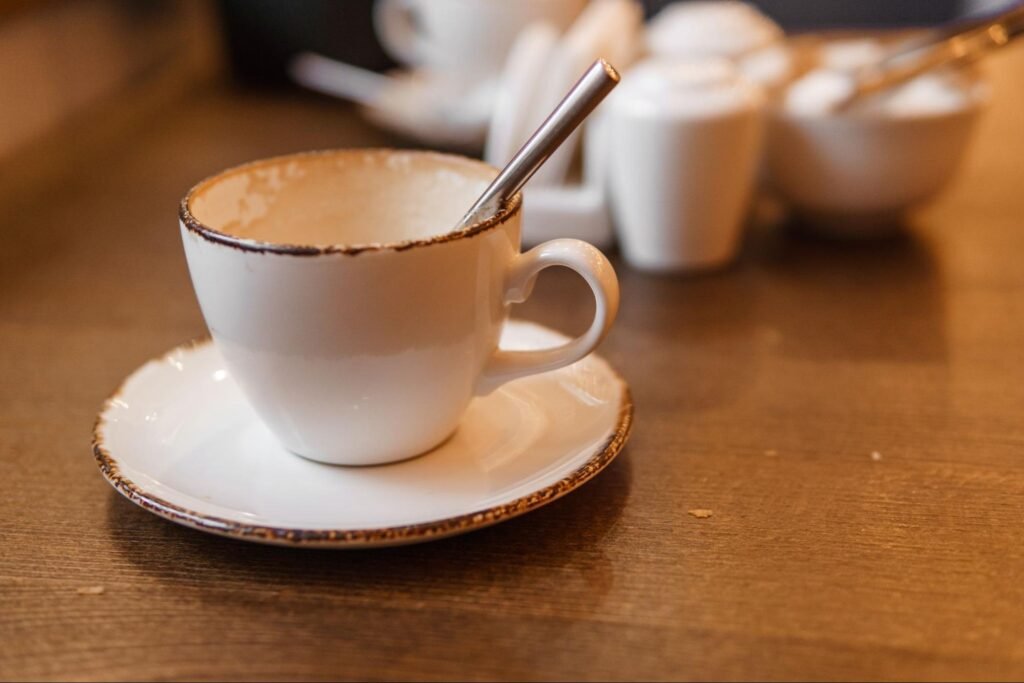
Artisanal Rituals for a Memorable Customer Experience
How can brands create a more balanced and memorable customer experience by blending artisanal product quality with thoughtful everyday rituals that keep people coming back?
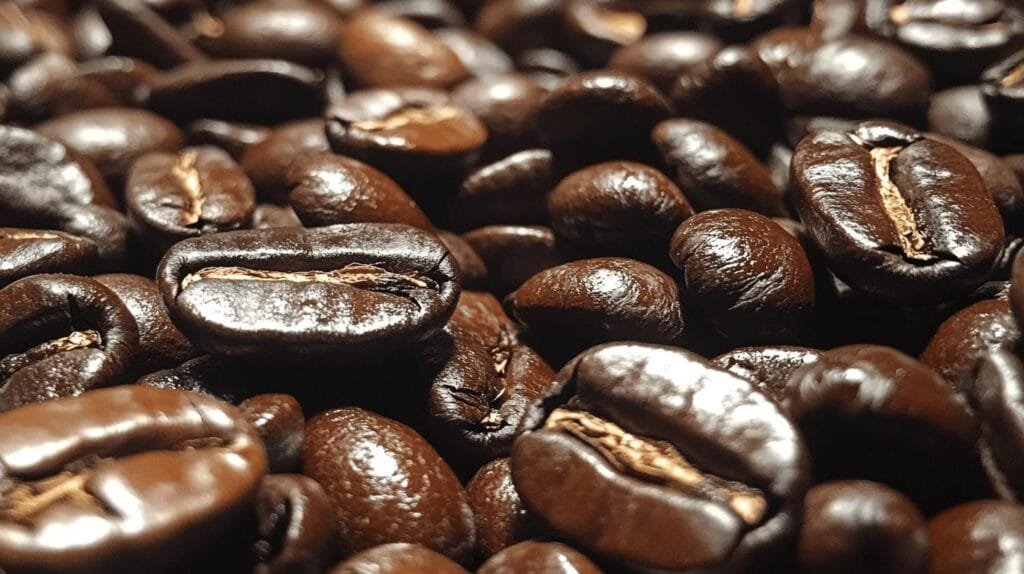
Does dark roast coffee have more caffeine than light roast coffee? Many believe that the richer, bolder flavors of dark roast coffee translate to higher caffeine content, but this widespread belief is a myth.
In reality, caffeine levels remain remarkably consistent across roast types. This blog post debunks the dark roast caffeine myth by exploring how roasting affects coffee beans, what science says about caffeine retention, and how measurement methods impact your caffeine perception. Prepare to have your coffee knowledge perked up as we separate fact from fiction.
Does dark roast coffee have more caffeine? The answer is no. Many believe dark roast’s strong flavor means higher caffeine, but that isn’t true. Dark and light roast coffee beans have nearly the same caffeine levels when compared bean by bean. This myth likely stems from thinking strong flavor equals more caffeine, but flavor intensity doesn’t affect caffeine content.
The roasting process barely changes caffeine levels. To significantly change them, temperatures must rise above 600°F, which isn’t used in traditional roasting. Coffee roasting creates aroma and flavor changes but keeps caffeine steady.

Roasting does not affect coffee bean caffeine levels. During roasting, beans lose weight from moisture loss and expand in size. Dark roasted beans become lighter and larger than light roasts, yet caffeine remains stable from green to roasted bean.
Caffeine retention relates to its water solubility and heat resistance. Caffeine dissolves during brewing due to water, not roasting. Roasting uses temperatures below 470°F, so caffeine stays steady. Flavor arises from chemical reactions during roasting, not from caffeine changes. Differences in caffeine perception arise from bean size and density, not roast level.
Do roast levels have different caffeine contents? No. Light and dark roast coffees offer similar caffeine per bean. Roasting does not alter caffeine significantly. This steadiness spans all roast levels.
| Roast Type | Bean Size | Caffeine Content |
|---|---|---|
| Light Roast | Small and dense | Stable |
| Medium Roast | Moderate size and density | Stable |
| Dark Roast | Larger and lighter | Stable |
Perceptions of caffeine depend on measurement method and bean density. Weighing coffee gives consistent caffeine levels. Measured by volume, dark beans have fewer beans, thus less caffeine. Light beans, being denser, fit more beans per scoop, increasing caffeine per volume.
Understanding these factors helps coffee fans decide on caffeine intake, no matter their roast choice.
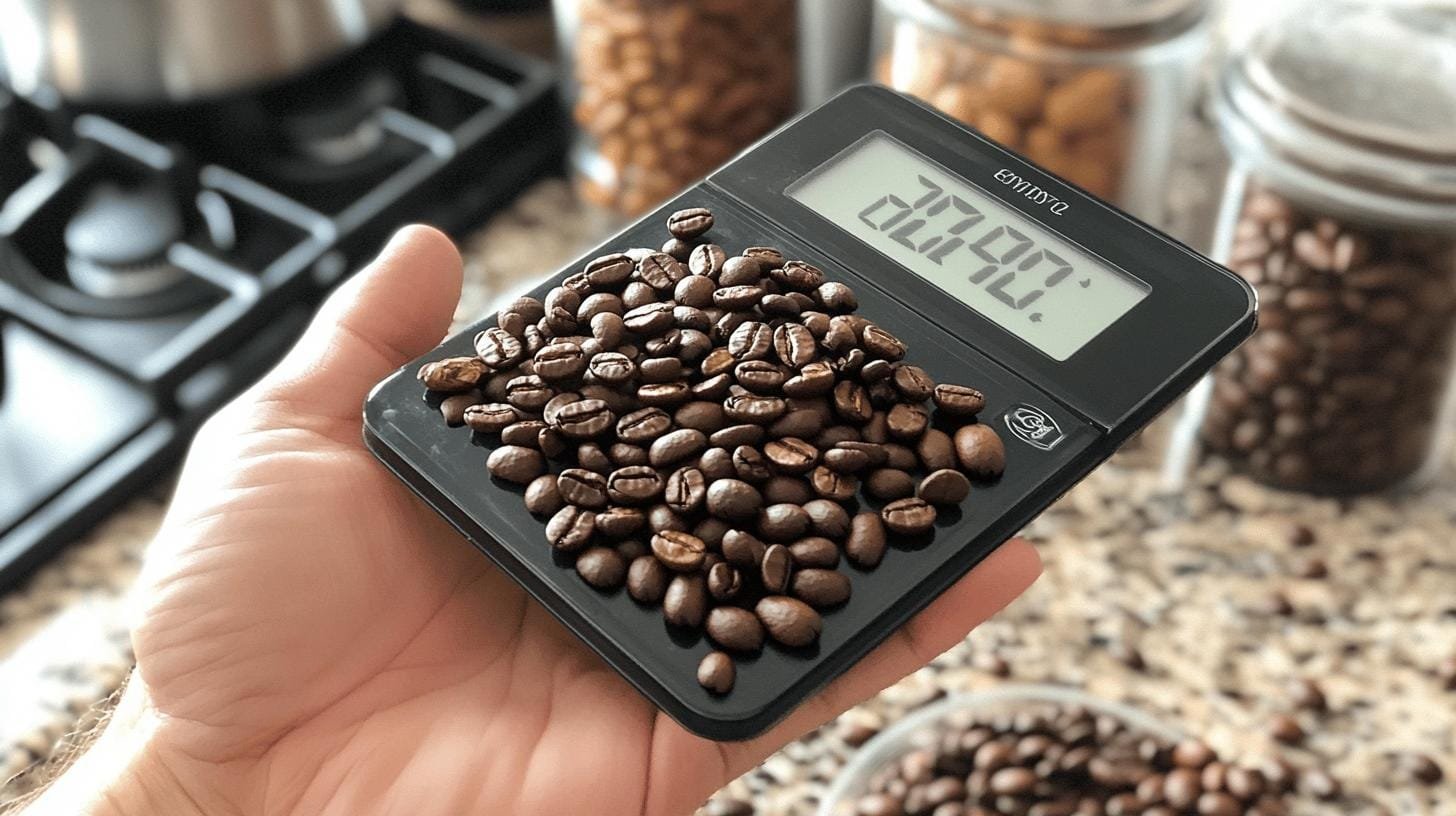
How does coffee measurement affect caffeine views? Weight measurement is key for consistent caffeine content. Weight accounts for density and size, ensuring consistent caffeine regardless of roast.
Volume measurement can affect caffeine content:
Weighing coffee accrues accurate caffeine readings. This approach ensures desired caffeine, avoiding size and density variability for a consistent cup.
Home-roasting gives an edge over store-bought beans. You control the roast to match flavor and caffeine preferences. Home-roasting lets enthusiasts try different roasts with stable caffeine.
Exploring home-roasting gives unique coffee encounters. Roasting at home refines flavors and balances caffeine in each cup. This customization isn’t found in store-bought beans, attracting true coffee lovers.
Debunking the myth, dark roast coffee does not have more caffeine than light roast.
The roasting process impacts flavor but not caffeine content.
Chemical reactions during roasting create new flavors, but caffeine levels remain unchanged.
Whether you prefer light, medium, or dark roasts, the caffeine content remains stable if measured correctly.
Understanding that dark roast coffee has the same caffeine content allows for informed choices in your coffee experience.
A common myth suggests dark roast coffee contains more caffeine due to its stronger flavor. In reality, light and dark roasts have nearly identical caffeine content when measured by weight.
In terms of caffeine content, dark and light roast coffees are virtually the same. Caffeine levels change minimally during the roasting process.
All roast levels—light, medium, and dark—retain similar caffeine content. Any variations are minimal and don’t significantly affect caffeine levels.
Some people find dark roast coffee more bitter due to its intense flavor profile, but it is not necessarily “bad.” Preference is subjective.
Health benefits or drawbacks depend more on personal health conditions and preparation methods than on the roast level itself.
Different varieties of beans (e.g., Arabica vs. Robusta) vary in caffeine content. However, roasting style (light or dark) minimally affects caffeine levels in the same bean type.

How can brands create a more balanced and memorable customer experience by blending artisanal product quality with thoughtful everyday rituals that keep people coming back?

Independent coffee shops have always been about more than caffeine—they’re hubs of creativity, connection, and care. As café culture continues to evolve, new trends are
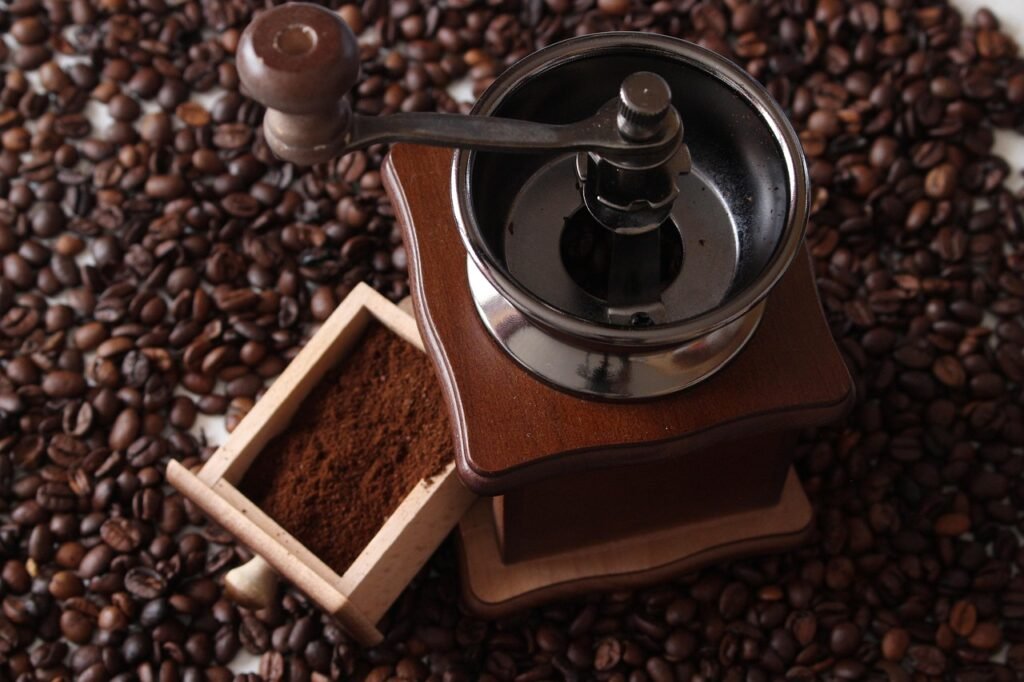
Introduction Independent cafes win when they feel like the neighborhood’s living room and operate with the discipline of a great kitchen. Below is a quick
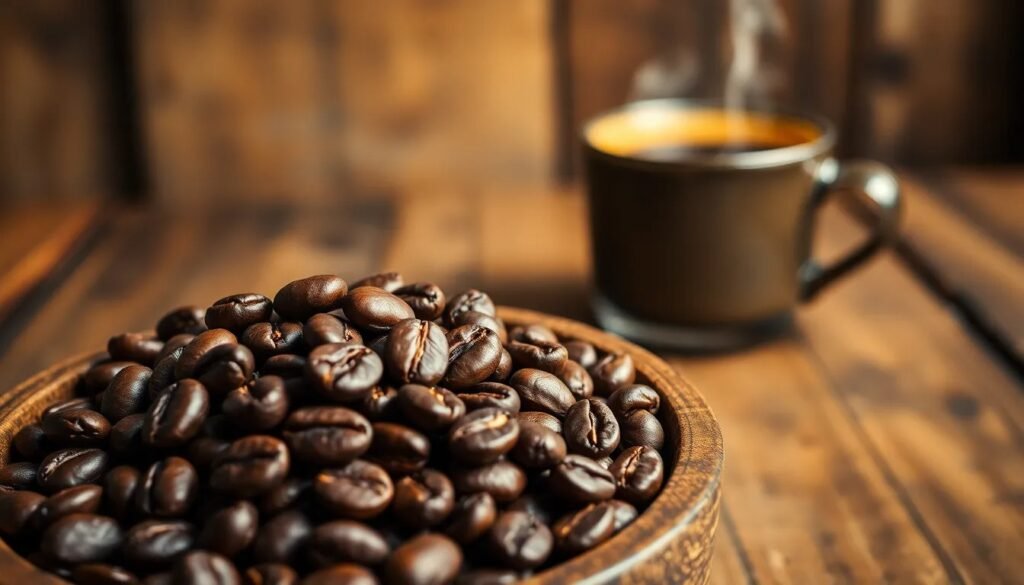
Discover how top specialty coffee brands create lasting loyalty through storytelling, sourcing, and community connection. Real tips from 6 industry experts.

Discover the ultimate showdown between two beloved coffee brewing methods: the French press and Chemex. Explore how each technique caters to distinct palates, with the French press delivering bold flavors and the Chemex presenting a bright, clean taste.

Unlock the secrets to brewing the perfect cup of coffee with our comprehensive guide on using a coffee scale. Discover how precise measurements enhance flavor and consistency while eliminating bitterness.

Discover how water temperature plays a vital role in brewing the perfect cup of coffee. This article delves into the ideal temperature range of 195°F to 205°F for optimal flavor extraction, enhancing the enjoyment of high-quality beans.

Discover the world of curated specialty coffee bundles, perfect for enthusiasts seeking quality and craftsmanship. This article explores the benefits of ethically sourced, small-batch beans from brands like Equipoise Coffee, offering diverse flavor profiles that elevate your brewing experience.

Discover the art of manual brewing to elevate your coffee experience! This article explores various techniques like pour-over, French press, and AeroPress, revealing how they enhance flavor and your connection to every cup.